Sightseeing Spots
Search Results314
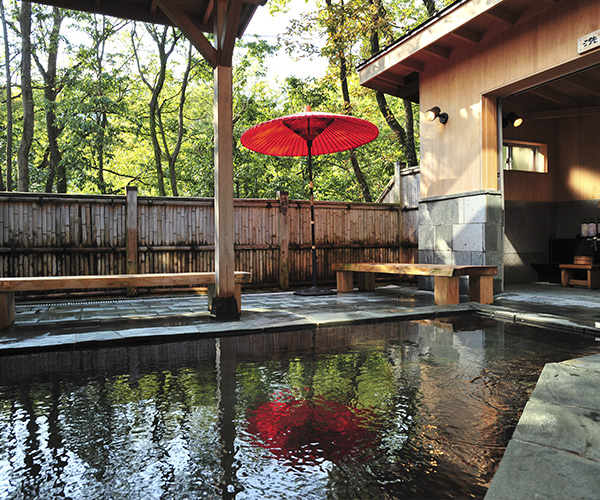
This day trip hot spring facility was built in a relocated old private house. Located near the Tokigawa River, guests using the footbath on the Japanese-style terrace (engawa) are treated to the sounds of the calming babbling brook. There is also a nearby BBQ area you can visit with no preparation. After BBQ, you can relax and recharge in the hot spring.
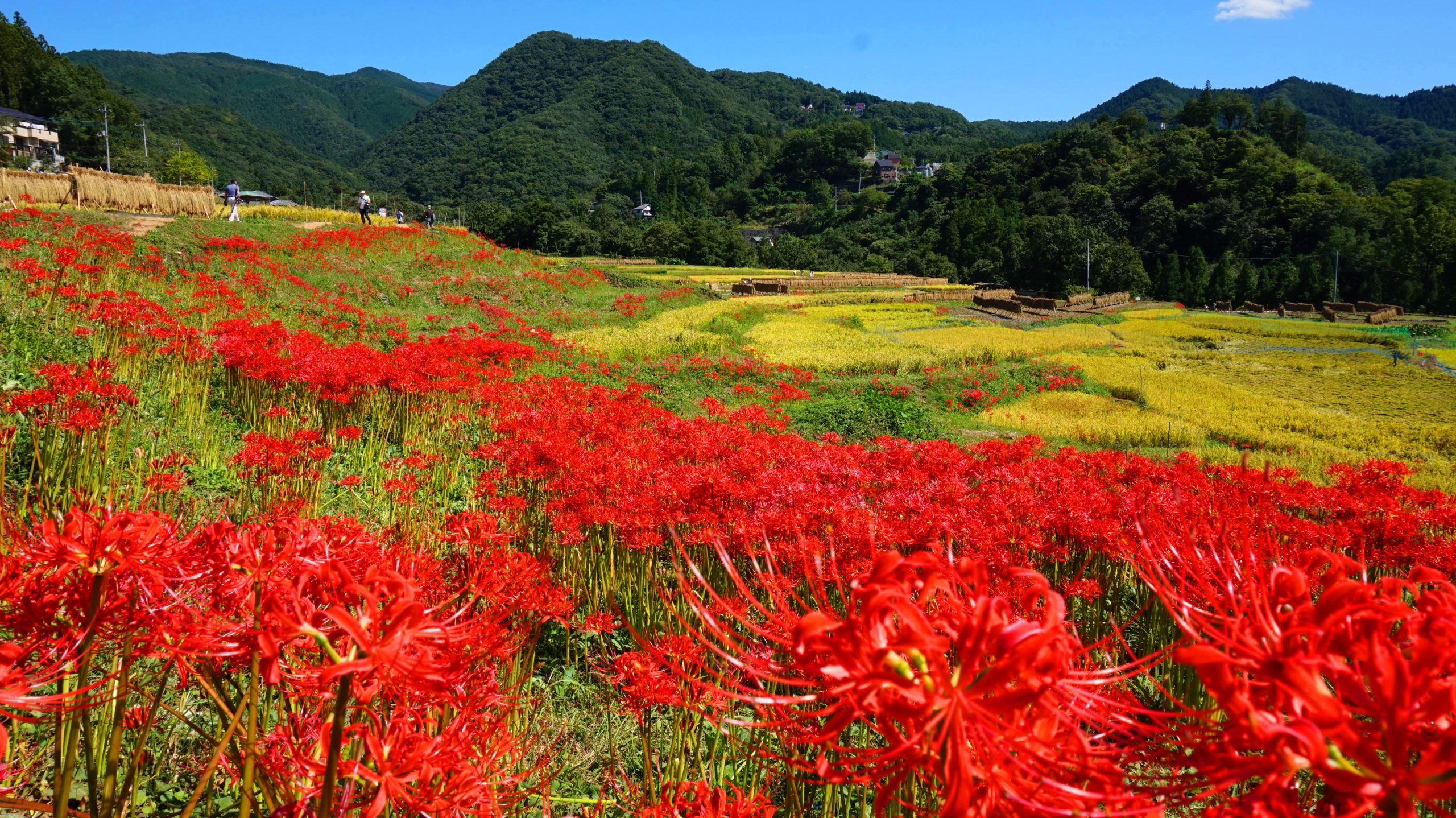
At Saitama Prefecture's largest rice terraces, a rural landscape unique to Japan unfolds with each changing season. Currently, 4 (about 250 fields) out of the total 5.2 hectares are in use. In summer an event is held where around 600 bonfires are lit, for a night of magical ambience one cannot experience in the city. In autumn, the bulbs of around 2 million red spider lilies bloom around the rice paddies.
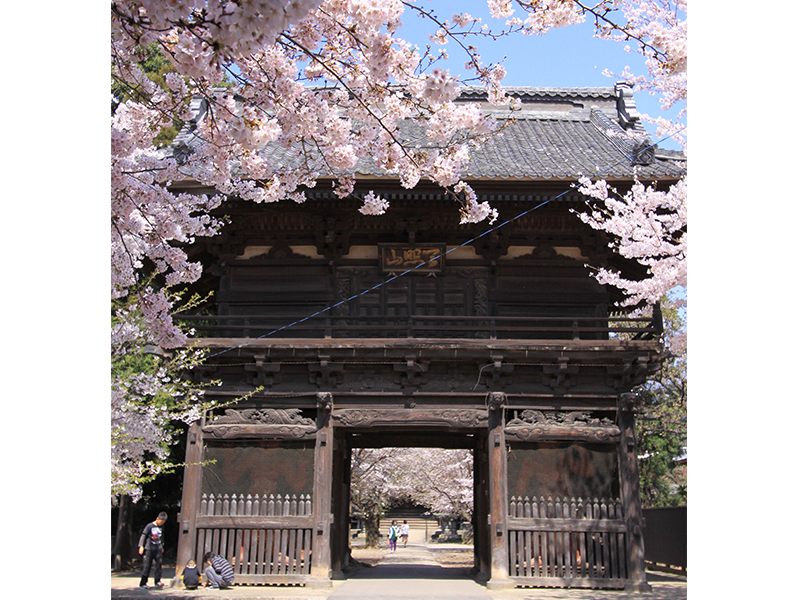
The temple was rebuilt by Seigon Shonin at the end of the 16th century and became one of eighteen monk training schools for the Jodo sect. As a temple associated with the Tokugawa Shogunate, the use of the "three-leaf hollyhock crest" was permitted. There are many cultural assets on the temple grounds that tell the ancient history in the present day. They hold the "Ten Nights Memorial Service," one of the three major memorial services in Kanto, every year on November 14, and the "Doll Memorial Service," unique to this town which is known for its hina dolls.
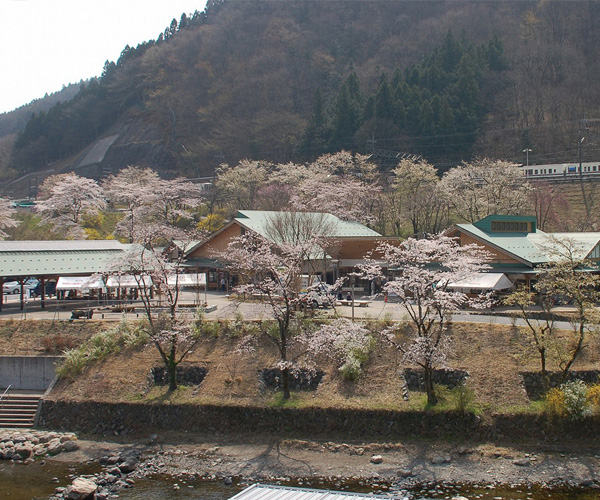
This roadside station is surrounded by rich green mountains, the clear streams of the Yokose River, clean air, and seasonal flowers and fruit trees. Inside the station, there is a farmers' market, restaurant, information center, resting area, hands-on experience dōjō (udon/soba), ceramics classroom and a gallery. Outside, there is an open space for relaxing and a deck where one can view the river from above. You can also enjoy a walk next to the Yokose river. ※Facilities listed in the Saitama Industrial Tourism Guidebook, "Manufacturing Guidebook."
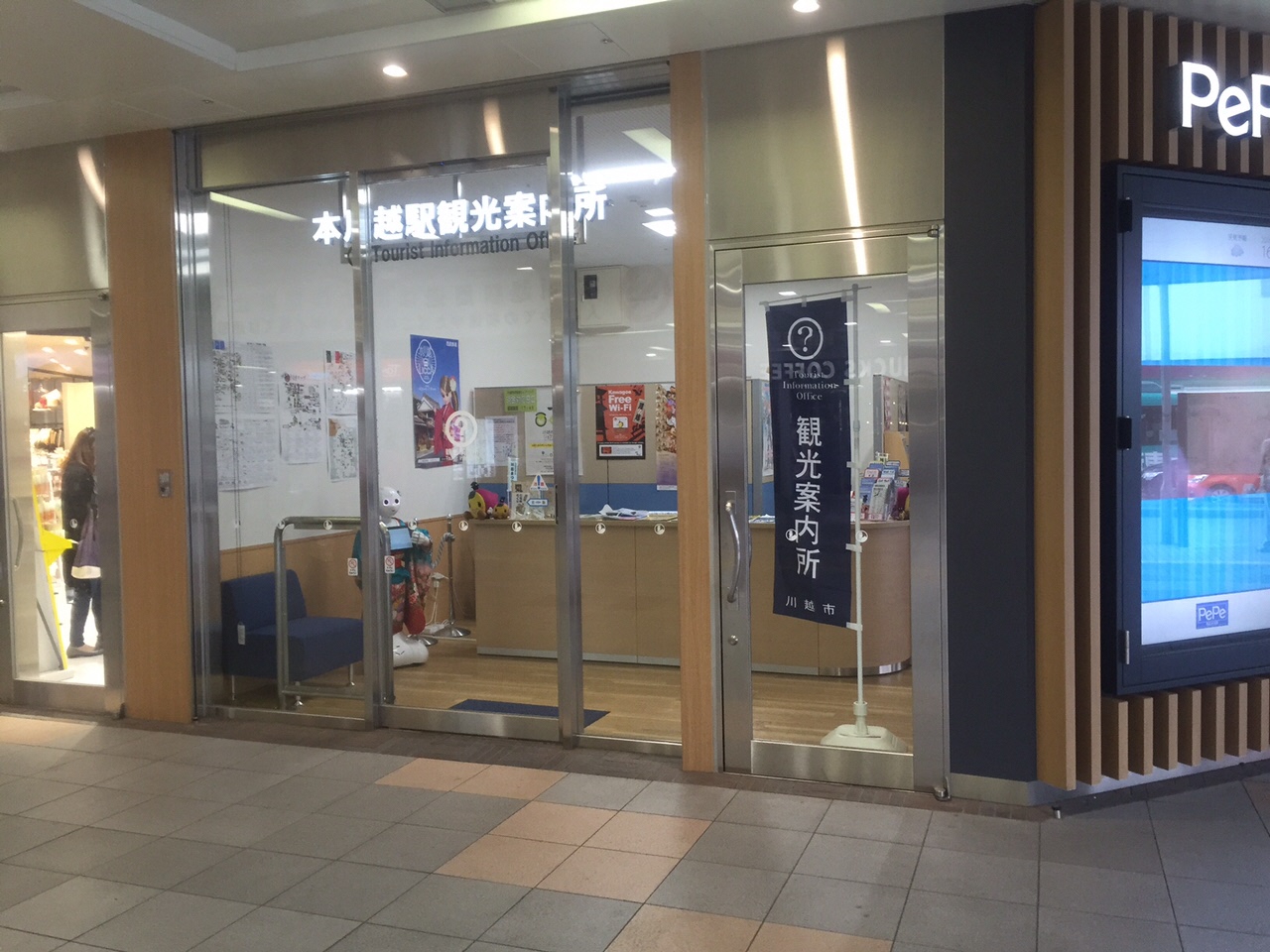
Located on the first floor of Pepe Honkawagoe Station of Seibu Shinjuku Line, we offer tourist information and sightseeing brochures. We are the closest visitor information center to Koedo Kawagoe and the Kurazukuri townscape. In addition, we offer wheelchair rental and baggage storage services (payment required).
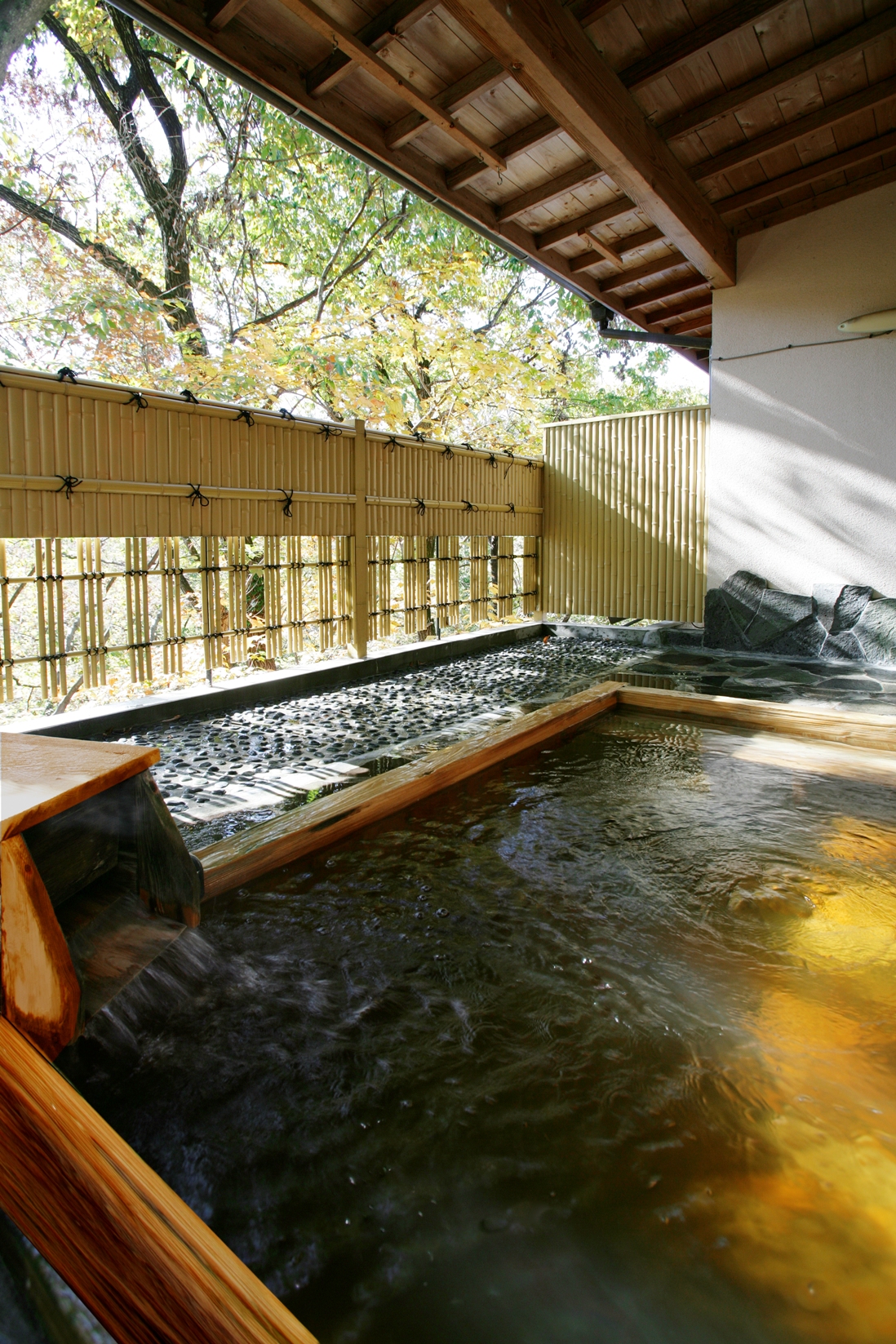
This single-house inn sits high in the mountains, encircled by deciduous trees and the sounds of seasonal birdsong. Located in a forest near the Terasaka Rice Terrace, this inn has been well-loved since its establishment for its “Yakusō-no-yu" (medicinal herb bath). The pride of the lodge is the medicinal herb bath which contains chameleon plant and Japanese mugwort, which improve blood circulation and warm the body to its core. One can expect relief from fatigue and improved skin.

Established during the late Edo Kaei era (1850), Japanese sake, ume liqueur and sake lees are sold at this old-fashioned sake brewery and Taishō period store. Visitors can enjoy a cozy experience that can only be had at a small brewery. If touring the brewery, you will also get a small sake cup as a present. You can taste and compare various alcohols kept at different temperatures, and sake tasting games are also on the menu. Please consult with us regarding the content experience and pricing. Tours are held regardless of the season, but sake is prepared during the winter. There are times when it is difficult to hold tours during the sake preparation season.
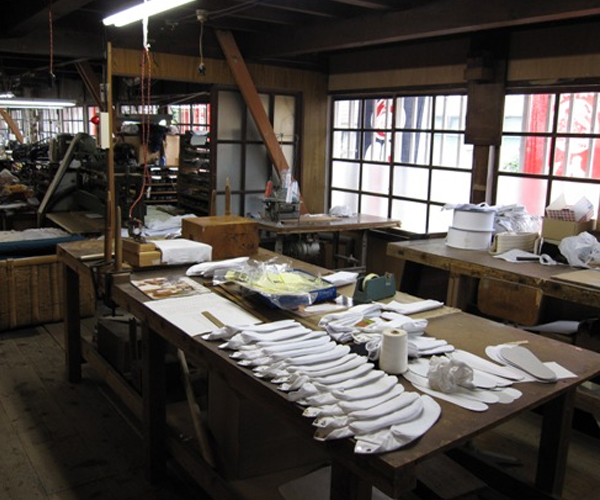
Tabi to Kurashi (Tabi and Life) Museum was originally a factory of tabi socks delivering to tabi stores under the name Bokuya Honten (Main Branch). The factory was reborn as a museum, retaining most of the original factory’s appearance. At the museum, demonstrations by individuals who used to be tabi craftsmen can be seen, and your own original tabi (additional cost) can be made every second Sunday of the month.
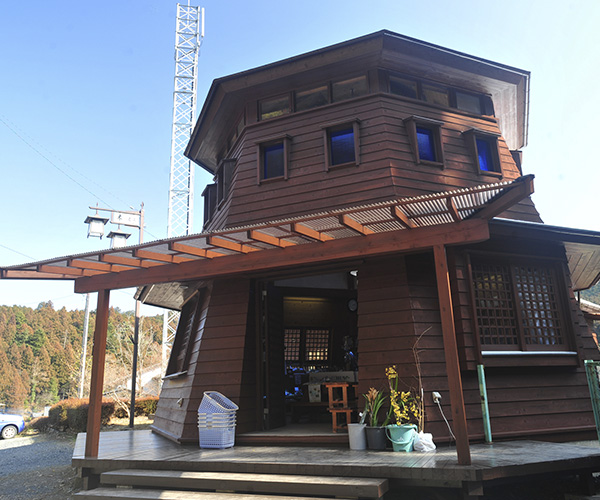
Passing along a road within the mountains, you will come to a direct sales farmers market built from Japanese cypress (hinoki). The shop specializes in mountain mushrooms and wild vegetables harvested in the Ohno region. The “Chirimen Norabō-na,” only available at this shop, is popular every year for its sweetness. The building is the oldest of the town's four direct sales shops, and is said to be the model for Myōkaku Station, which has the same octagonal shape.
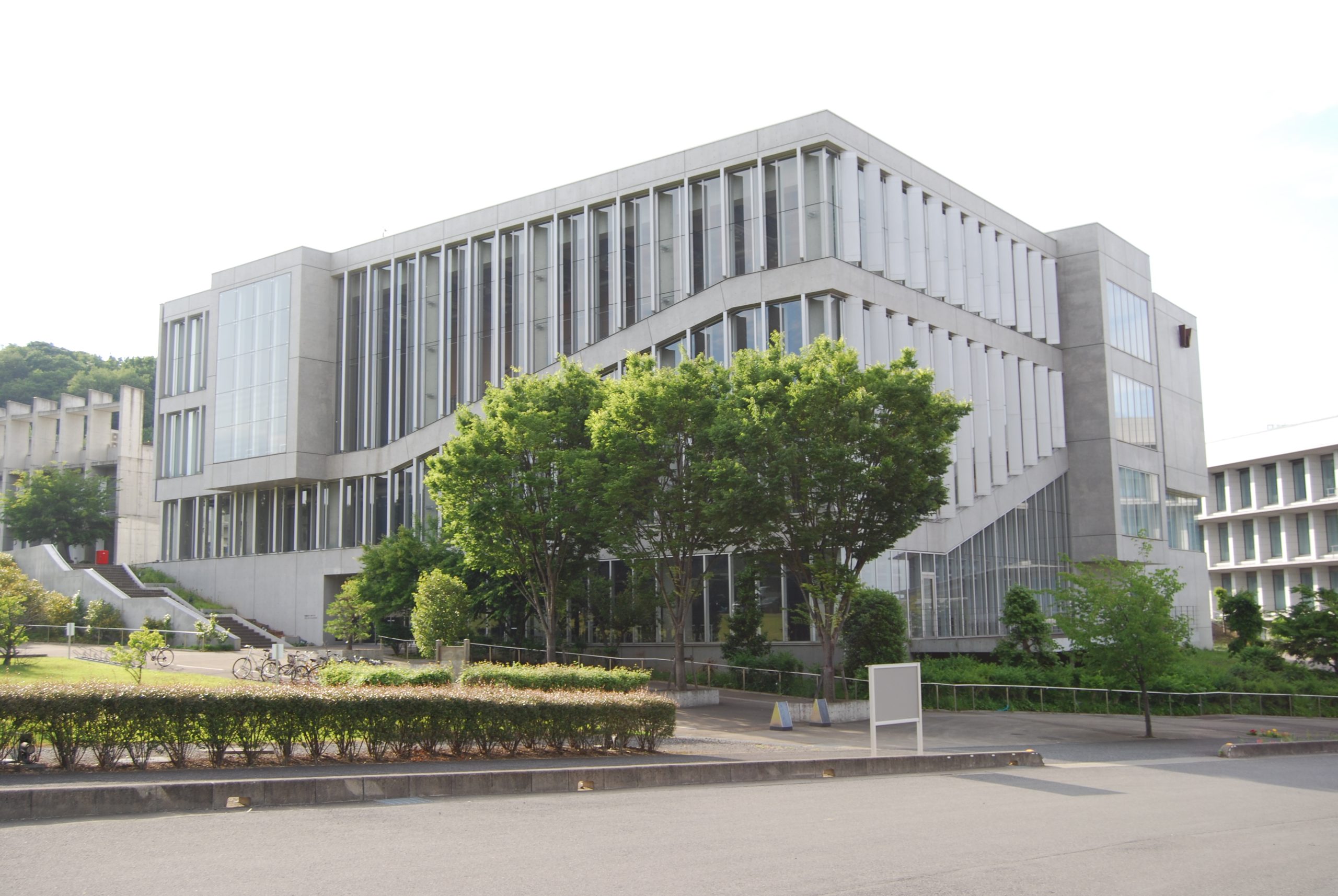
This museum was jointly established by Honjo City and Waseda University. The museum holds archaeological materials from the Paleolithic period through which visitors can trace the history of Honjo City. In addition to artifacts rarely found in Japan, such as the laughing human haniwa (terra-cotta tomb figurine) holding a shield and a completed cast of a small glass ball, visitors can see a variety of valuable materials owned by Waseda University.

At our hot spring you can enjoy low mineral content water typical of the top hot springs in Japan in a traditional Japanese-style outdoor bath. You can also use the ganban`yoku hot stone bath, reclining chairs, massage machines and the popular free relaxation area. There is even a high-concentration carbonated spring, which garners attention from the medical industry, making our facility the ideal place for a full day of relaxation.
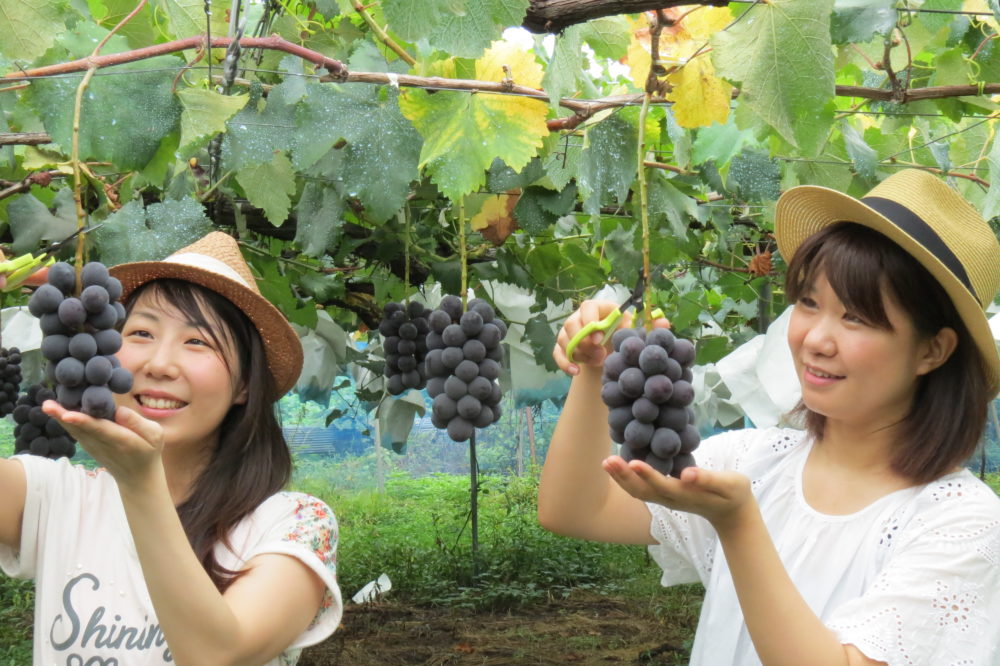
This facility consists of 12 groups of fruit farmers, with the closest station being Ashigakubo Station on Seibu Chichibu Line. You can find this collection of fruit farms, aka Fruits Village, by the southern slope of Hinatayama in the Ashigakubo district. Fruits are harvested all year round, with strawberries from early January to mid-May, plums from early July to mid-August, and grapes from mid-August to mid-October. The sweet taste of fully-ripened fruits and the clean air of the great outdoors is a special experience. We encourage you to stop by! There is also a restaurant, “Ashigakubo Fruits Garden,” a “Farming Village Park” with a 100-meter roller slide nearby, and many great courses for hiking.

Presenting the theme, "From the past to the future: traveling 300 million years through Saitama's history of people's coexistence with nature," Saitama Museum of Natural History stores various resources related to nature, and displays the fossils of giant shark, “Megalodon," and mysterious sea animal, “Paleoparadoxia," discovered in Saitama Prefecture. The museum is constructed into two halls: the "Geology Exhibition," where visitors can learn about various fossils, rocks and minerals, geological strata and earth formations, and the "Biology Exhibition," featuring large dioramas of the four major forests of Saitama and the animals that live in them. Nagatoro area is a perfect example of the nature in Saitama, and here you can enjoy detailed explanations of its characteristics for a deeper understanding. You can also enjoy simulations and free audio guides. (For more information regarding the facility, please refer to the URL below.)
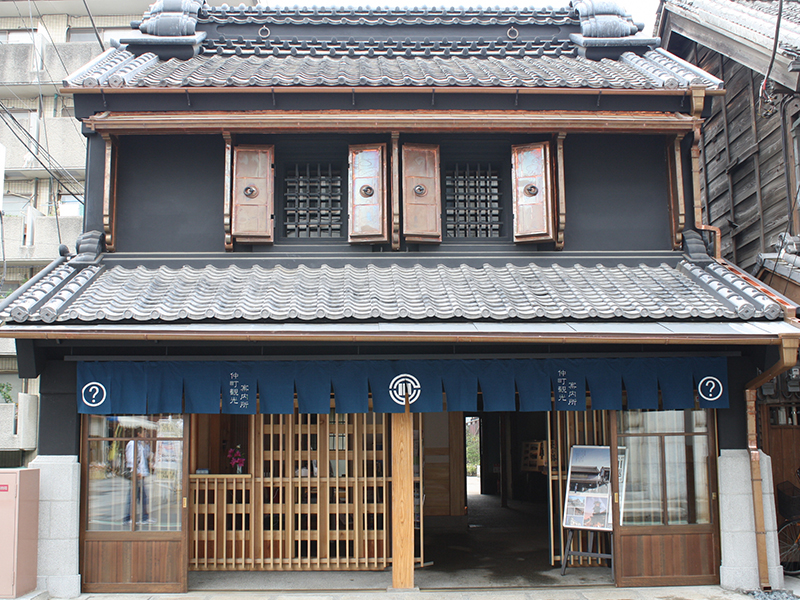
Situated at the Nakacho intersection, the entrance to the Kurazukuri district, the Kawagoe City Nakacho Information Center is filled with useful information and housed in a traditional warehouse! You can also connect to their free Wi-Fi and use their baggage storage service (for a fee).
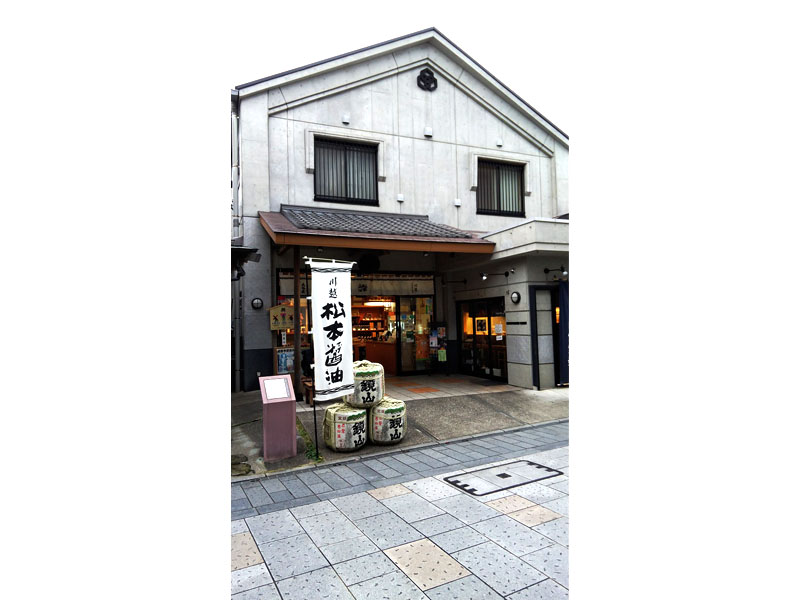
Matsumoto Soy Sauce Factory has been making soy sauce in Kawagoe for around 250 years. The brewery, established in 1764, still carries out production with traditional methods using 40 cedar vats that have been in use since the Edo period. At a tour of this soy sauce brewery, designated an important part of Kawagoe's city landscape, you can experience firsthand the tradition of soy sauce production.
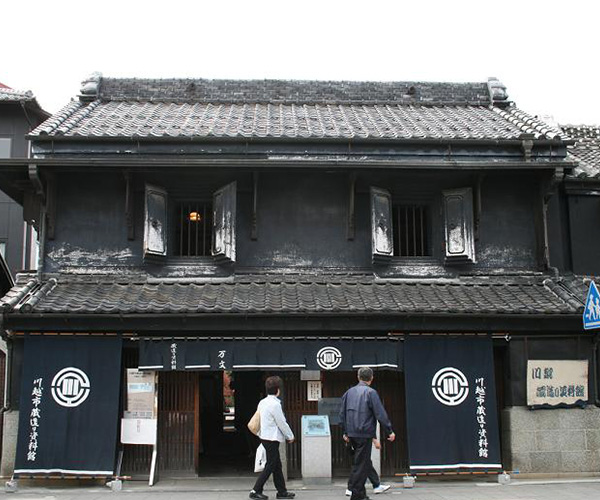
※The museum has been undergoing earthquake-proofing renovation since 2017, and is currently closed to the public. The Kawagoe Kurazukuri Museum was built by tobacco wholesaler Koyama Bunzō after the great fire in 1893 and designed referencing the few houses of Kurazukuri which survived the fire and merchant houses of the Tokyo Nihonbashi area. Visitors can tour the inside of the Kurazukuri houses of Kawagoe, where the atmosphere of the Meiji era can be felt to this day in the buildings' structure and design.

A townscape of “kurazukuri" traditional warehouses still remains in Kawagoe. The kurazukuri warehouses were cleverly built with fireproof architecture and developed as housing for the merchants of Edo. The warehouses retain an image of Edo that cannot be seen in modern day Tokyo. They were chosen as national “Important Preservation Districts for Groups of Traditional Buildings” in December of 1999 and were selected as one of “Japan’s 100 Beautiful Historical Environments” in January of 2007.
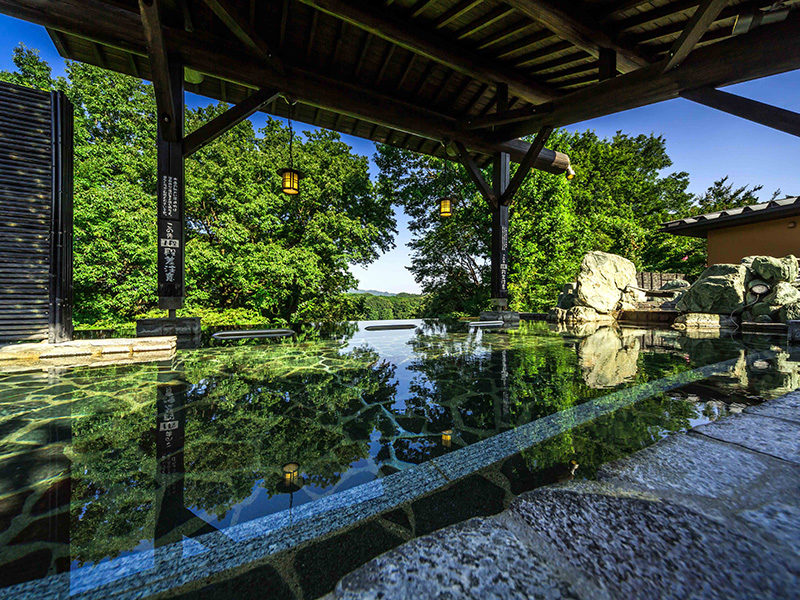
With low alkaline natural hot springs similar to a "Bijin no Yu" (beauty bath), the unisex large-scale outdoor bath, “Onnetsubō," overlooking Lake Miyazawa and the Chichibu Mountains is particularly popular! At the Four Seasons Buffet, “Kohansaryō," you can enjoy cuisine featuring locally harvest seasonal vegetables while taking in the view. ※ This is a facility for those older than elementary school. Preschoolers and younger are not allowed to enter.
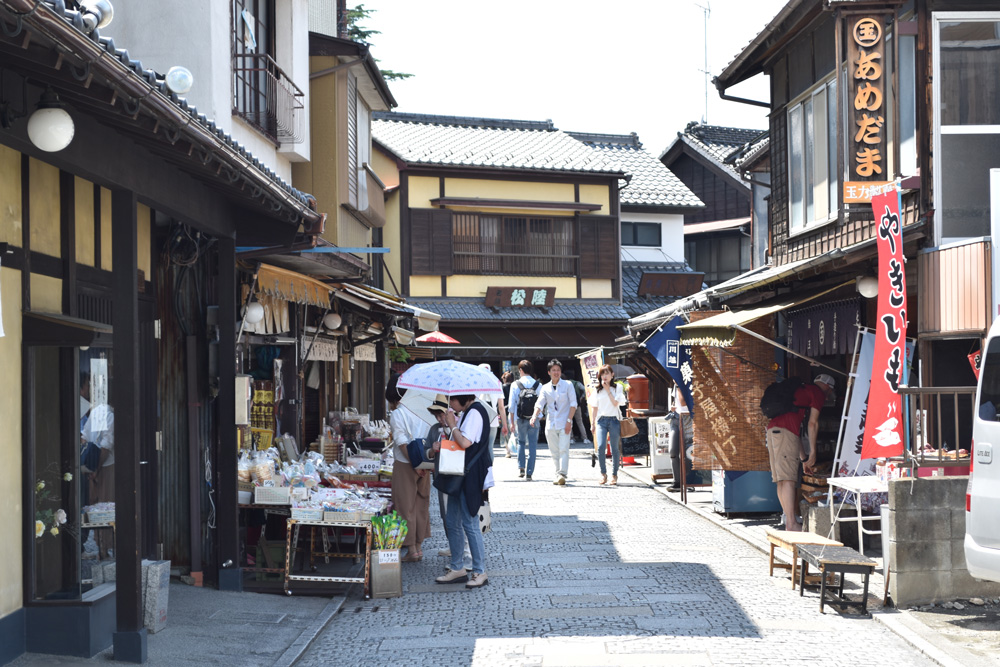
Many small, old-time candy stores line the Kashiya Yokochō (confectionery alley). 70 houses existed in the beginning of the Shōwa era, where they produced a variety of sweets to be sold wholesale. As of now, there are about 20 houses left that still produce and sell cheap sweets, such as mint candy and the Kintaro candy, which are nostalgic for both adults and children alike. Kashiya Yokocho was also selected as one of “The 100 Best Scented Sceneries” by the Ministry of the Environment.
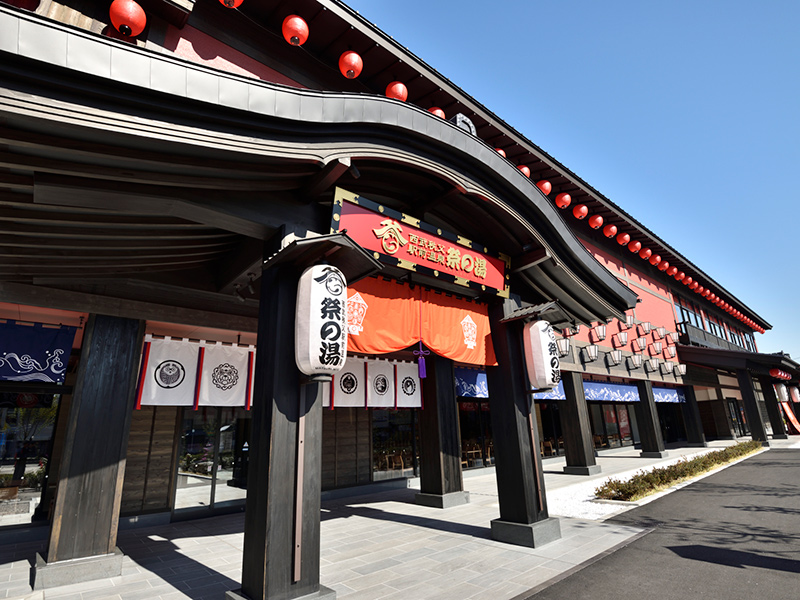
“Seibu Chichibu Ekimae Onsen Matsuri no Yu,” is a large combination hot spring facility based on Chichibu’s specialty, “Festivals.” The facility contains Matsuri no Yu, with four types of open-air baths, a highly concentrated artificial carbonated hot spring and six indoor baths (five for men) to enjoy. Additionally in this area, which takes pride in its rich variety of hot springs, there is a Japanese style food court and an area selling local products perfect as souvenirs, making this facility packed full of Chichibu’s local charm.
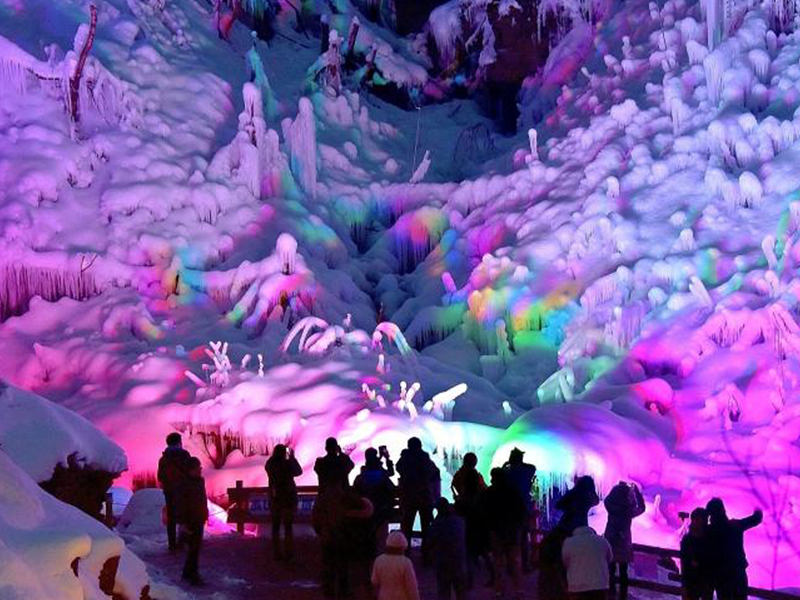
The magnificent and beautiful “Ashigakubo Icicles” is one of Chichibu’s three major icicle formations. These icicles, measuring about 30 meters high and 200 meters wide, are artificially created by sprinkling stream water on the slope of the mountain. Every year from early January to late February, you can immerse yourself in a fantasy realm created by nature and the locals.

At this memorial museum, materials related to the history of aviation are displayed alongside actual airplanes. Visitors can learn about the principles of flight and aviation history from a variety of angles through flight simulators and helicopter piloting simulators! The many airplanes and helicopters displayed throughout the museum are a must-see. A special place to experience the wide-open skies and the history of flight in Tokorozawa. Aircraft craft workshops for families are also held regularly.
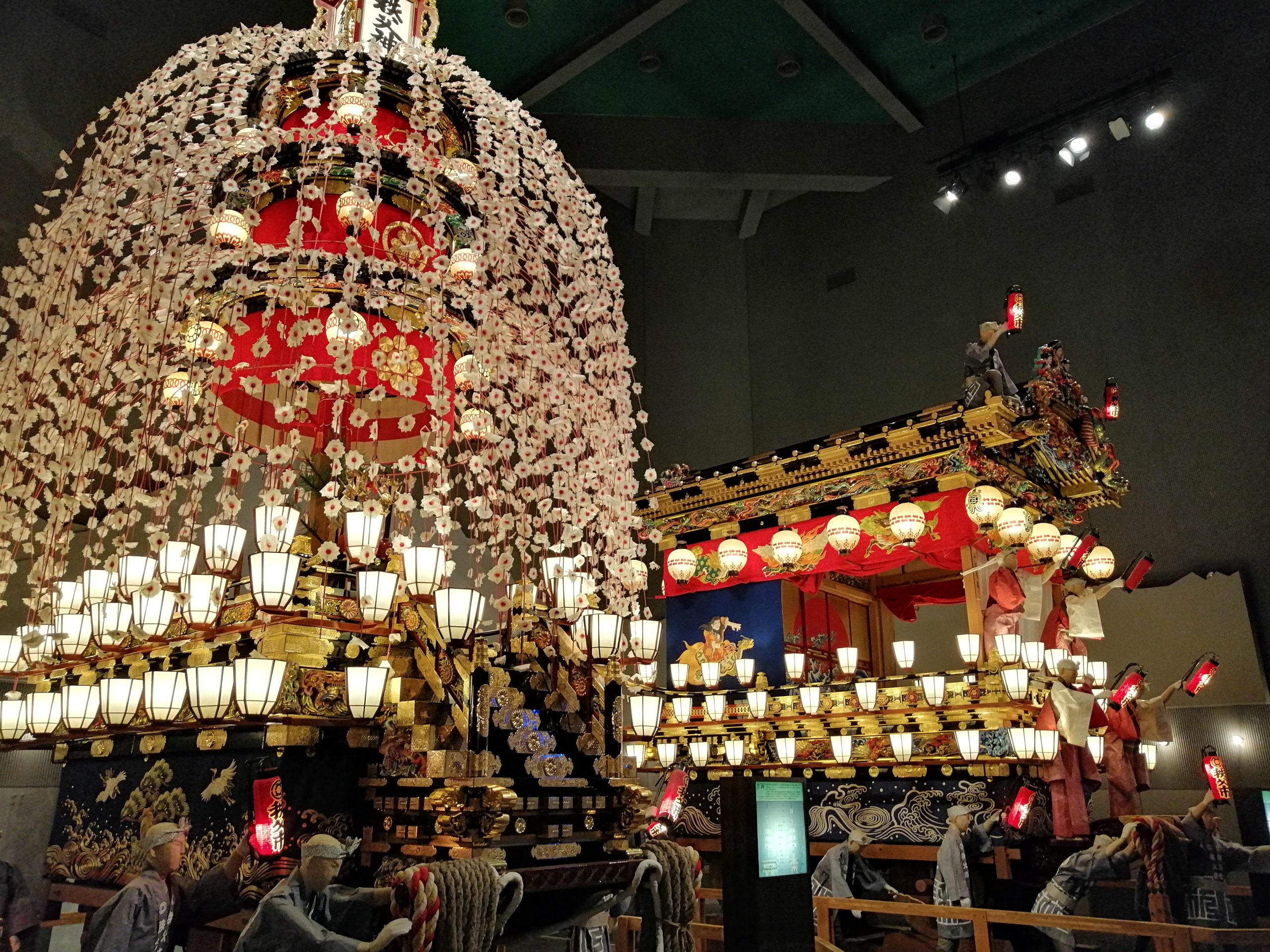
Chichibu Festival Museum exhibits materials related to the booths and kasaboko (combined umbrella and halberd carried on floats in some festivals) of the Chichibu night festival that takes place every year on the 2nd and 3rd of December. The booths, kasaboko, curtain, sculptures made by Shōwa’s master craftsmen are arranged in a design related to the Myōken belief. At noon, the lanterns are switched on to reproduce the night festival. Within the noise of the palatial Chichibu booth music, the luxurious booth and kasaboko can be seen right before your eyes.
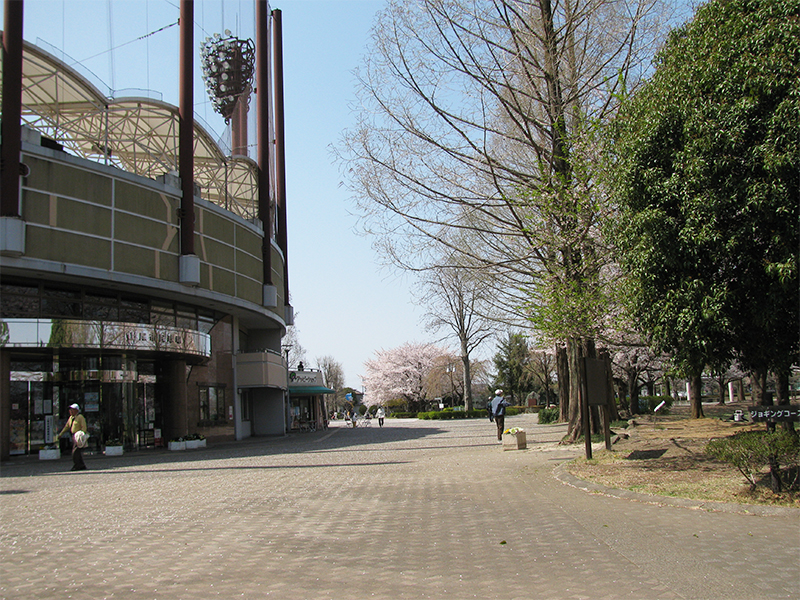
This park provides a place for citizens to interact and relax. It utilizes the natural forest to prove a place to enjoy strolling through all four seasons, a water pool for playing, and many other types of equipment for kids to play.
This site uses cookies to improve the user experience. If you continue to browse, you consent to the use of cookies on this site. Accept
CONTACT
